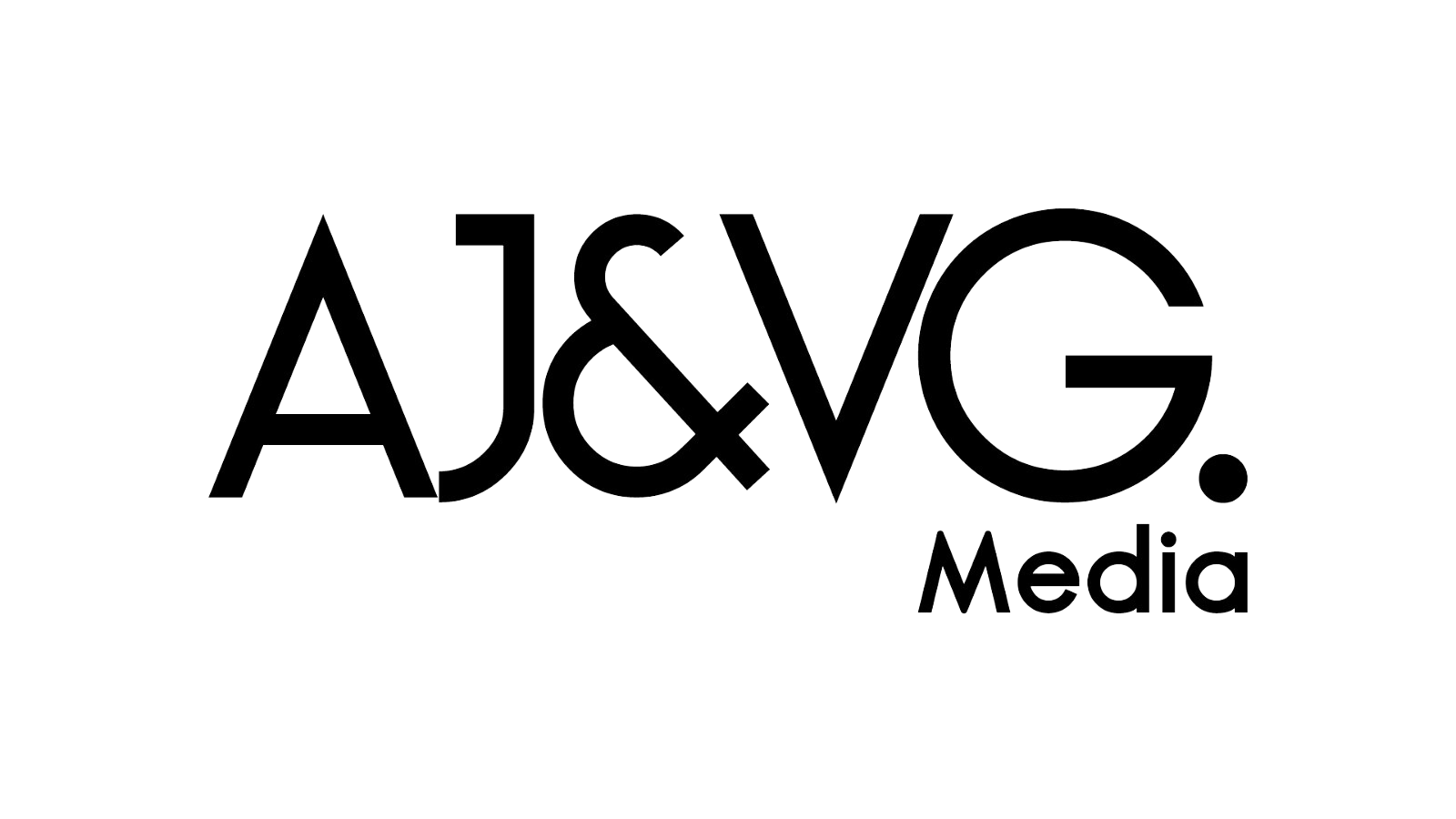A Visually Stimulating New World through Augmented and Virtual Reality.
This past week, Tulsa, Oklahoma’s TV-2 News did a great story on the transition in education through the eyes of professors and students who are using augmented and virtual reality. As you watch the TV-2 news report you will notice the following aspects:
- Professors will quickly embrace technology that directly impacts student success.
- Students are more engaged and learn quicker through visual stimulation.
- Grades can be immediately improved with augmented and virtual reality.
- An international and global reach is possible with stimulating technology.

As Oral Roberts University has engaged in Augmented and Virtual Reality (AVR) we have noticed that the academic textbook takes on a whole new perspective. For students and faculty who are leveraging the visual impact of augmented and virtual reality, it is clear that the academic textbook has met its challenge. In the augmented and virtual reality world, students and professors are able to connect directly with current images, animations, and entire visual learning environments that are fresh off the ‘shop-room’ floor from the workplace. When a college or university can obtain current industry best practices in a visual manner, the textbook quickly takes a back seat to the learning that happens in a comprehensive and engaging manner. In addition, the content in 5-10-year-old textbooks is seen as inadequate.
Consider the reality that Pokémon Go(augmented reality) engaged 50-million users in less than 40 days in 2016. It was also the only technology to ever outpace downloads of pornography on the Internet. It does not take a genius to figure out that young minds want to be stimulated and engaged. Imagine a day when education through augmented and virtual reality become so exciting that learning outpaces gambling and pornography on the Internet.
Let’s face some of the basic, yet proven aspects between textbooks and augmented and virtual reality within education.
- Textbooks are not overly engaging and visually stimulating.
- Textbooks are costly and expensive for everyone one, and seldom current.
- Textbooks do not personalize the learning for individuals.
- Augmented and virtual reality allow learners to start visually from their point of reference and learning style; without feeling ashamed or inadequate.
- The national costs for academic textbooks costs
Imagine for a moment the opportunity to replace the overall costs of textbooks with augmented and virtual reality. This concept is becoming more realistic as countries and K12 systems around the world are buying the entire AVR experience from companies like Eon Reality Inc. Eon Reality Inc.is signing major augmented and virtual reality partnerships with country leaders in K12, global trade organizations and leading global universities like Oral Roberts University. These leading countries are known as ‘Smart Nations’, trade organizations, and leading universities are making a long-term commitment to their education constituents. They are also making a clear statement that they also are more interested in creating partners between industry and education in order to be an education and economic force in a global economy. Skilled learners are developed when knowledge transfers between education and industry through hands-on and visualization teaching tools such as AVR.
The short video clip below demonstrates that Augmented and Virtual Reality (AVR) are available on a global level on smartphones that far surpass the engagement level and academic value of Pokémon Go at leading universities like Oral Roberts University. I stand amazed at how many things AVR can correct within the teaching and learning environment. My favorite one is the ability for a class of diverse students to have an equal playing field. In the era of textbooks, those who excel in memorization and linear learning styles – easily outpaced the visual or conceptual learner. For the first time in my life, students who are conceptual and visual learners can grasp concepts through AVR, which in turn allows the textbook to make sense. Students, as well as workers all, have a fair playing field when they are allowed to personalize the education, teaching, or learning gaps that may have hampered them in the past.
Augmented Reality at Oral Roberts University
Consider with me the statistic that all the math textbooks in the world have not solved the Algebra Level 2 crisis in the U.S. Education system. It has been a known fact for years that approximately 55% of all students attending college cannot get through (pass)Algebra Level 2. This forces these students to reconsider their majors and take majors less interesting to them, but do not require Algebra Level 2. With AVR capable of showing complex Algebra Level 2 concepts in a personal and visual manner, we may see this sad statistic eliminated. When this happens, we will all realize that a visual and digital world is far better than a linear textbook influenced the academic world.
The good news is that textbook and educational giant Pearson has recognized the death of the textbook and formed partnerships with Augmented Reality companies to play a major role in the future of personalized and visual learning. However, the better news is companies like EON Reality Inc. have a 20-year jump start on Pearson and the common textbook.
AVR will definitely put a dent in the$110 billion dollar textbook industry over time.




